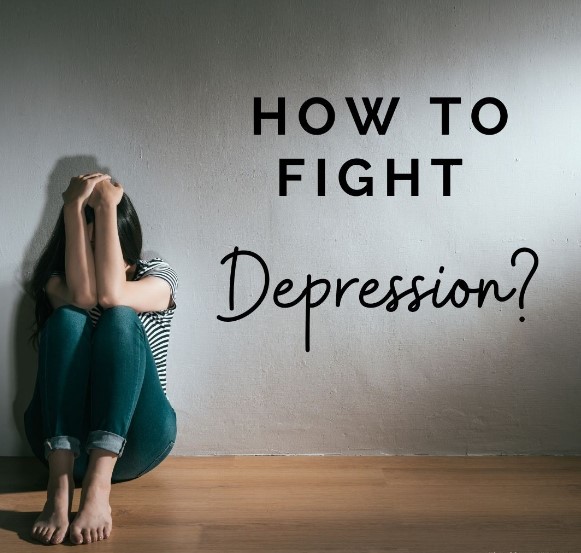Unveiling the Age-Defying Power of Botox: A Comprehensive Guide
In the quest for youthful and radiant skin, many people turn to various cosmetic procedures. One such procedure that has gained immense popularity is Botox. This comprehensive guide aims to provide you with all the essential information about Botox, including what it is, how it works, its benefits, common uses, potential side effects, and much more. So, let’s dive into the world of Botox and discover its age-defying power.
What is Botox?
Botox, short for Botulinum Toxin, is a neurotoxin produced by the bacterium Clostridium botulinum. Although it is derived from a toxin, Botox has been extensively purified and used for cosmetic purposes. When injected into targeted muscles, Botox temporarily paralyzes them, resulting in a reduction in the appearance of wrinkles and fine lines.
How Does Botox Work?
Botox works by blocking the signals between nerves and muscles. It prevents the release of a neurotransmitter called acetylcholine, which is responsible for muscle contraction. By inhibiting muscle movement, Botox smoothens out the wrinkles caused by repetitive facial expressions, such as frowning or squinting.
Benefits of Botox
Botox offers several benefits beyond its wrinkle-reducing properties. It can also be used to treat medical conditions like chronic migraines, excessive sweating (hyperhidrosis), overactive bladder, and even certain eye muscle disorders. Additionally, Botox has been found to alleviate symptoms of depression by reducing frowning and other negative facial expressions.
Common Uses of Botox
Botox is primarily known for its cosmetic uses. It is commonly used to soften crow’s feet, forehead lines, frown lines, and other dynamic wrinkles. Botox can also be used to lift drooping eyebrows, minimize neck bands, and enhance the appearance of the lips by reducing smoker’s lines. Moreover, Botox can help manage certain medical conditions as mentioned earlier.
Choosing a Qualified Practitioner
When considering Botox treatment, it is crucial to choose a qualified practitioner. Look for a licensed medical professional with expertise in cosmetic procedures. A skilled practitioner will assess your unique needs, discuss realistic expectations, and administer Botox injections safely.
The Procedure
The Botox procedure is relatively quick and straightforward. After an initial consultation, where you discuss your goals and medical history, the practitioner will clean the treatment area and inject Botox using a fine needle. The discomfort is minimal and typically likened to a slight pinprick. The number of injections required depends on the treatment area and desired outcome.
Recovery and Results
Following a Botox treatment, there is usually no downtime. You can resume your daily activities immediately, although it’s recommended to avoid strenuous exercise for a day or two. Results typically start to appear within a few days, with full effects visible after about two weeks. The duration of Botox’s effects varies from person to person but generally lasts three to six months.
Potential Side Effects
Like any medical procedure, Botox carries some potential side effects. The most common ones include temporary redness, swelling, bruising, and mild pain at the injection site. In rare cases, Botox can cause drooping of the eyelid or eyebrow, dry eyes, double vision, or flu-like symptoms. It’s important to discuss these risks with your practitioner beforehand.
Long-Term Effects
Despite its long-standing use, the long-term effects of Botox are still being studied. However, current research suggests that repeated and consistent use of Botox does not lead to muscle atrophy or permanent changes in facial expressions. Regular treatments are necessary to maintain the desired results.
Botox Myths Debunked
There are several misconceptions surrounding Botox. One common myth is that it freezes the face completely, resulting in a “plastic” look. In reality, skilled practitioners aim to achieve natural-looking results by carefully administering the right dosage. Botox does not erase all facial expressions but rather softens wrinkles and lines.
Botox vs. Dermal Fillers
While Botox targets muscle movement, dermal fillers work by adding volume to specific areas of the face. They can plump up hollow cheeks, smoothen deep lines, and restore lost volume. Botox and dermal fillers are often used in combination to address different signs of aging effectively.
Cost and Affordability
The cost of Botox treatment varies depending on factors such as the geographic location, the expertise of the practitioner, and the number of treatment areas. It’s essential to consider the value, safety, and expertise when choosing a practitioner rather than focusing solely on cost. Many clinics also offer financing options to make Botox treatments more accessible.
Conclusion
Botox has revolutionized the field of cosmetic procedures, offering an effective way to combat signs of aging. With its ability to temporarily reduce wrinkles and fine lines, Botox has become a go-to treatment for those seeking a more youthful appearance. However, it is crucial to approach Botox with proper knowledge, realistic expectations, and a qualified practitioner.
FAQs
Is Botox safe?
Botox is considered safe when administered by a qualified practitioner. However, it does carry some potential risks and side effects, which should be discussed with your practitioner beforehand.
How long does a Botox treatment take?
The Botox procedure itself usually takes around 10-15 minutes, depending on the treatment area. However, the overall appointment duration may vary based on the consultation and preparation time.
Can Botox be used by everyone?
Botox is generally safe for most adults. However, certain medical conditions, medications, or allergies may contraindicate its use. Consultation with a qualified practitioner is essential to determine if Botox is suitable for you.
Are the effects of Botox permanent?
No, the effects of Botox are temporary. They typically last between three to six months, after which a repeat treatment is necessary to maintain the results.
Can Botox be reversed if I’m not satisfied with the results?
There is a medication called onabotulinumtoxinA that can be used to reverse the effects of Botox if necessary. It should only be administered by a qualified medical professional.
